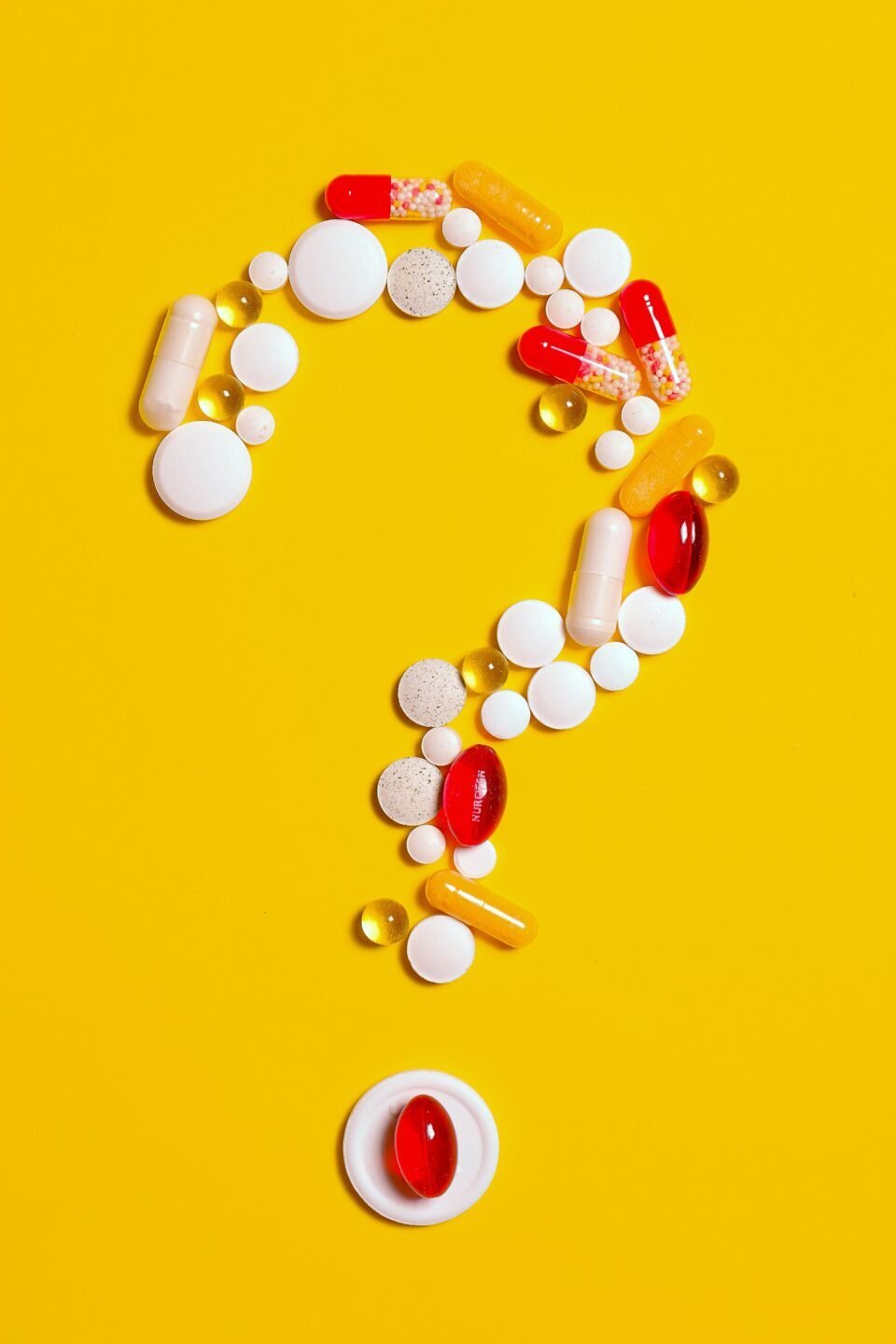Send us a fun message…But if you want a response contact us at SwingerUniversity.com
Menopause is a phase in a woman’s life that brings about hormonal changes with potential effects on various aspects of health. These changes can impact skin tone, muscle mass, fat distribution, libido, mood swings, cholesterol levels, and the risk of heart disease. However, the historical narrative surrounding Hormone Replacement Therapy (HRT) has created misconceptions and fear, largely influenced by the miscommunication of the findings from the WHI study in 2002, which reported an increased risk of breast cancer among HRT users.
This misrepresentation has persisted, limiting women’s access to potentially beneficial treatment options. It is important to be cautious of false narratives propagated through social media and celebrities, seeking reliable information sources instead. Consulting healthcare professionals specializing in menopause, such as endocrinologists, is crucial when considering relief options.
Additionally, careful research should be conducted before using vitamins and supplements marketed for menopause management. Hormone therapy is not a quick fix, requiring patience and informed guidance from knowledgeable healthcare providers. By navigating menopause with the right information and support, women can improve their overall well-being.
ALL OUR LINKS: https://SwingLinks.club
SOURCES:
Check SwingerUniversity.com for all the links and sources.
3 Ways to get your question on our show:
RECORD it on our website at: https://swingeruniversity.com/contact/
EMAIL a recorded voice note to: swingeruniversity@gmail.com
CALL: (916) 538-0482 and leave a voicemail.
Our Links:
📺YouTube – Like to watch?
👉Join our vibrant community: https://swingeruniversity.com/community
🌶️Get extra episodes and exclusive content: https://www.patreon.com/SwingerUniversity
🛳️Book your vacation with us: http://SwingerVacation.net
- SwingLinks.club – Our Links
- PhoebeSwinger.com – All Phoebe’s Spicy 🌶️Links
- EdSwinger.com – All Ed’s Spicy 🌶️Links
- Our Website – Leave us a message, articles, and sexy products
* We get a commission if you decide to make a purchase through our links, at no cost to you.





